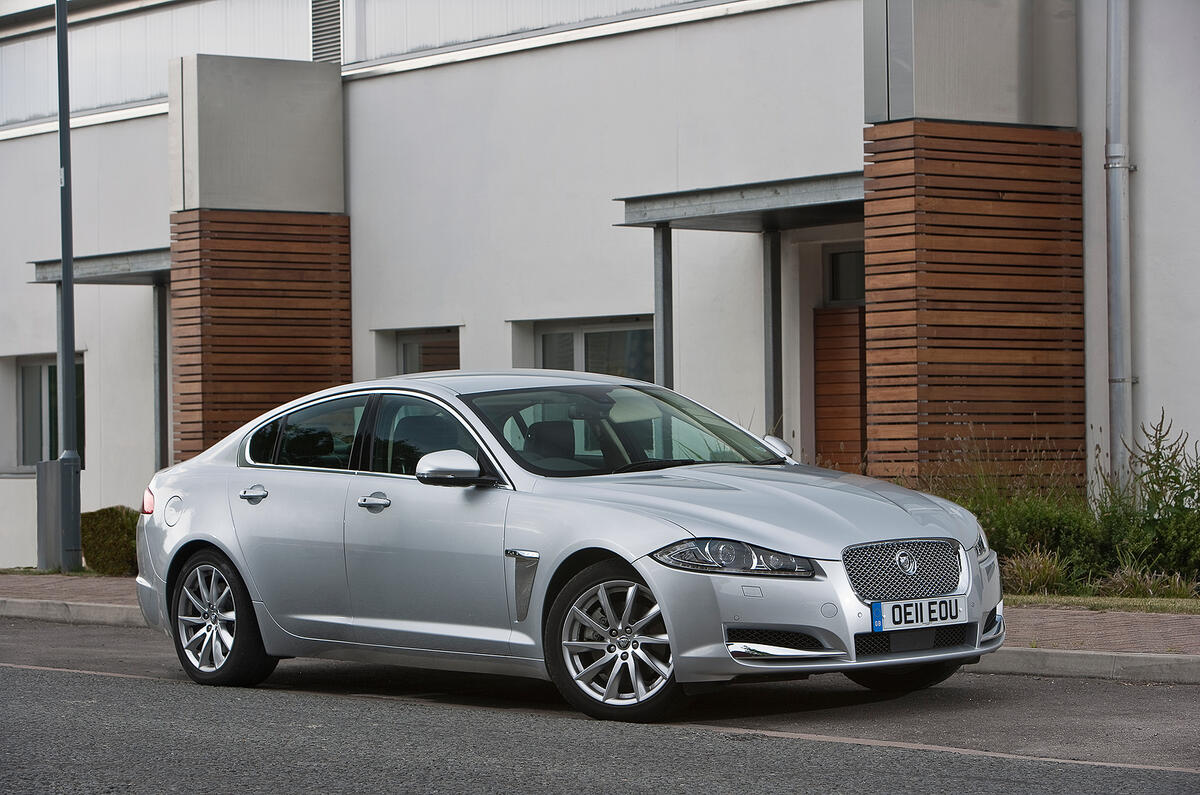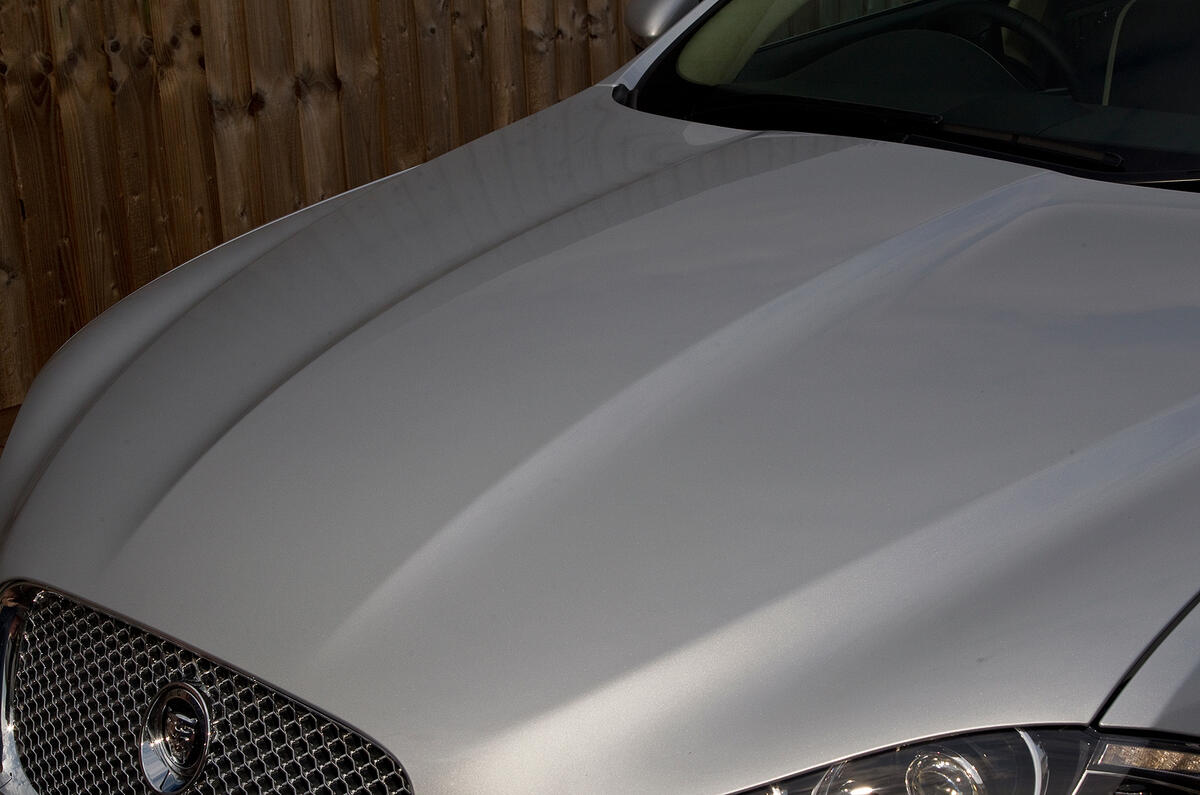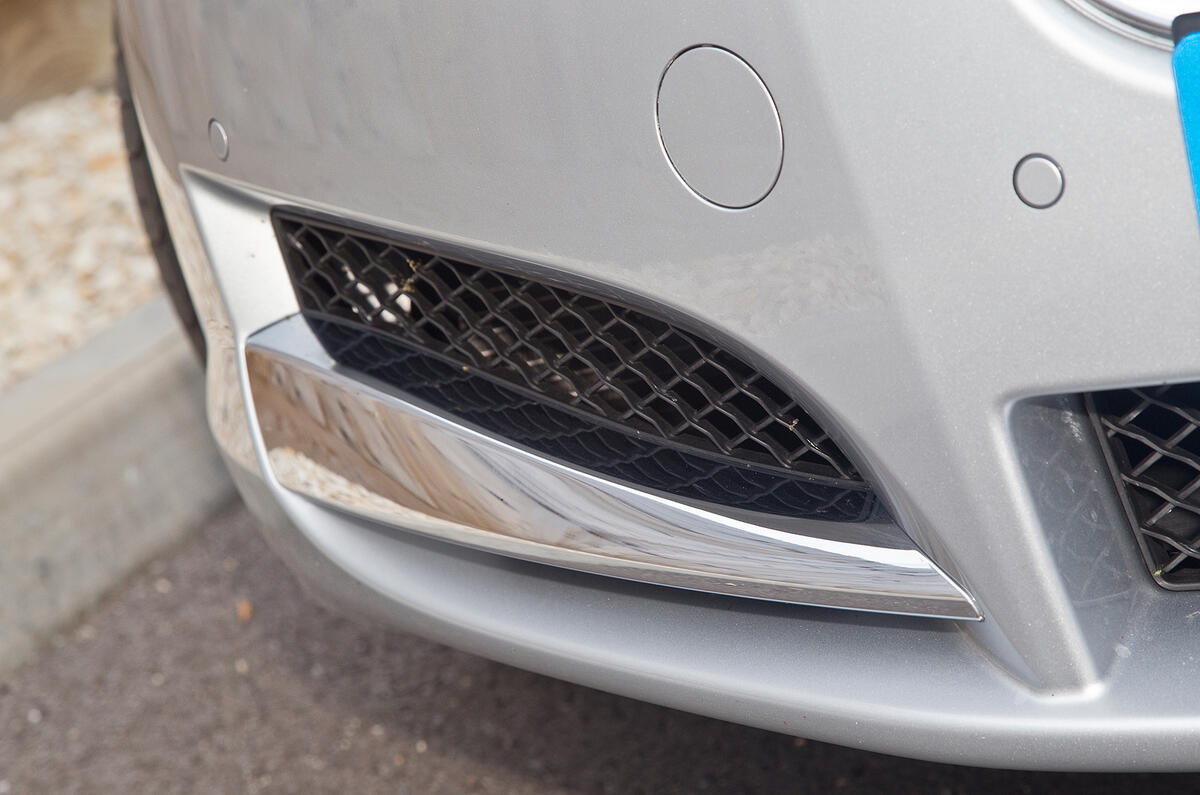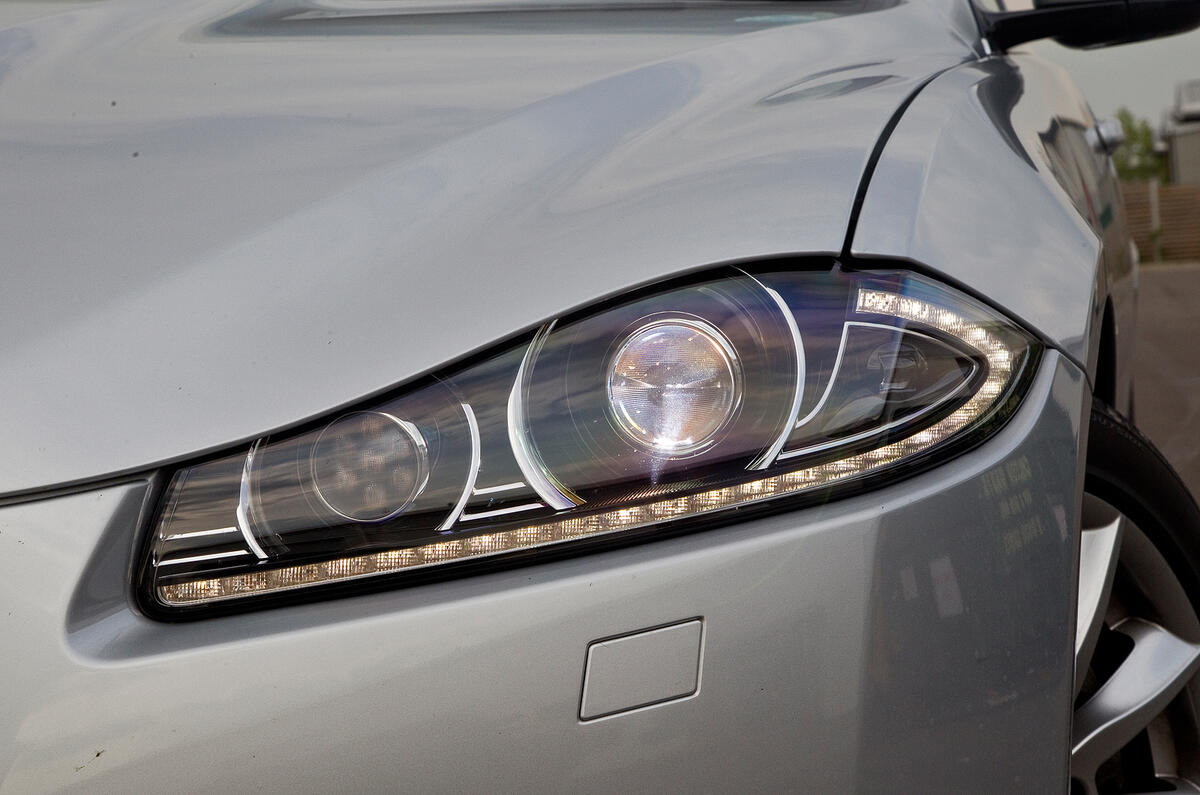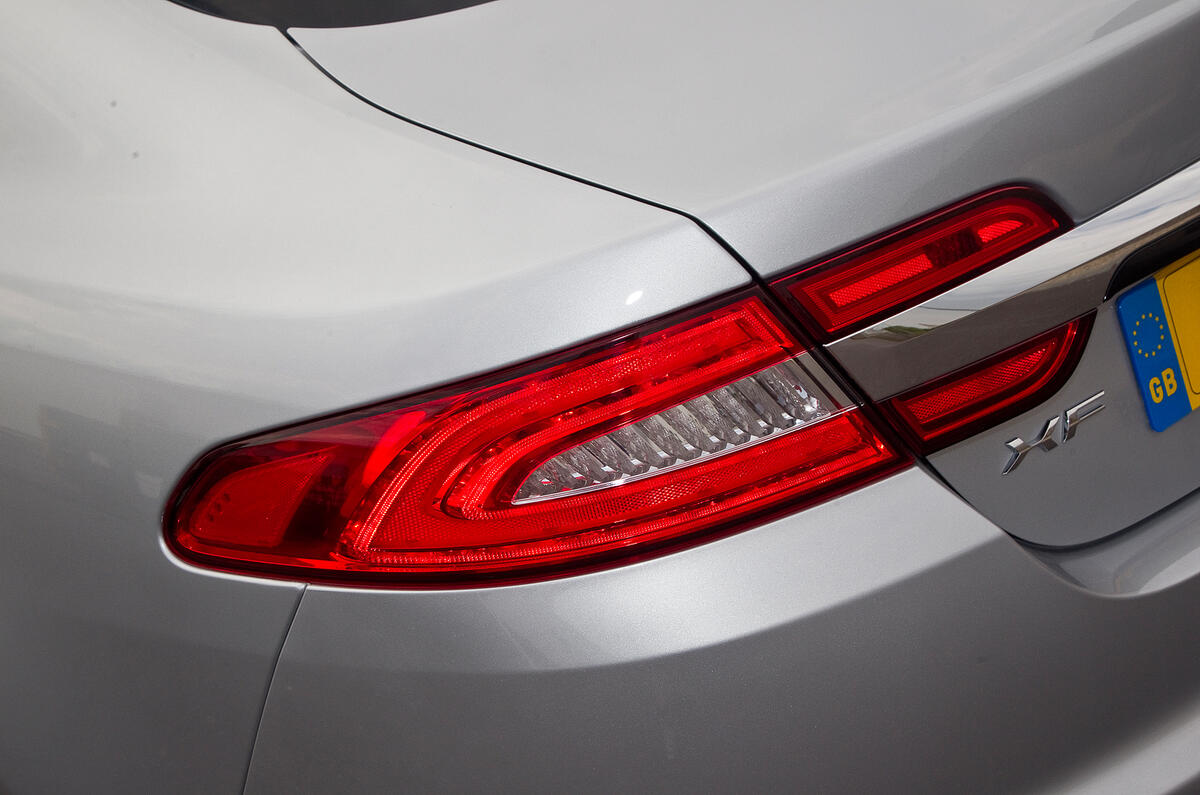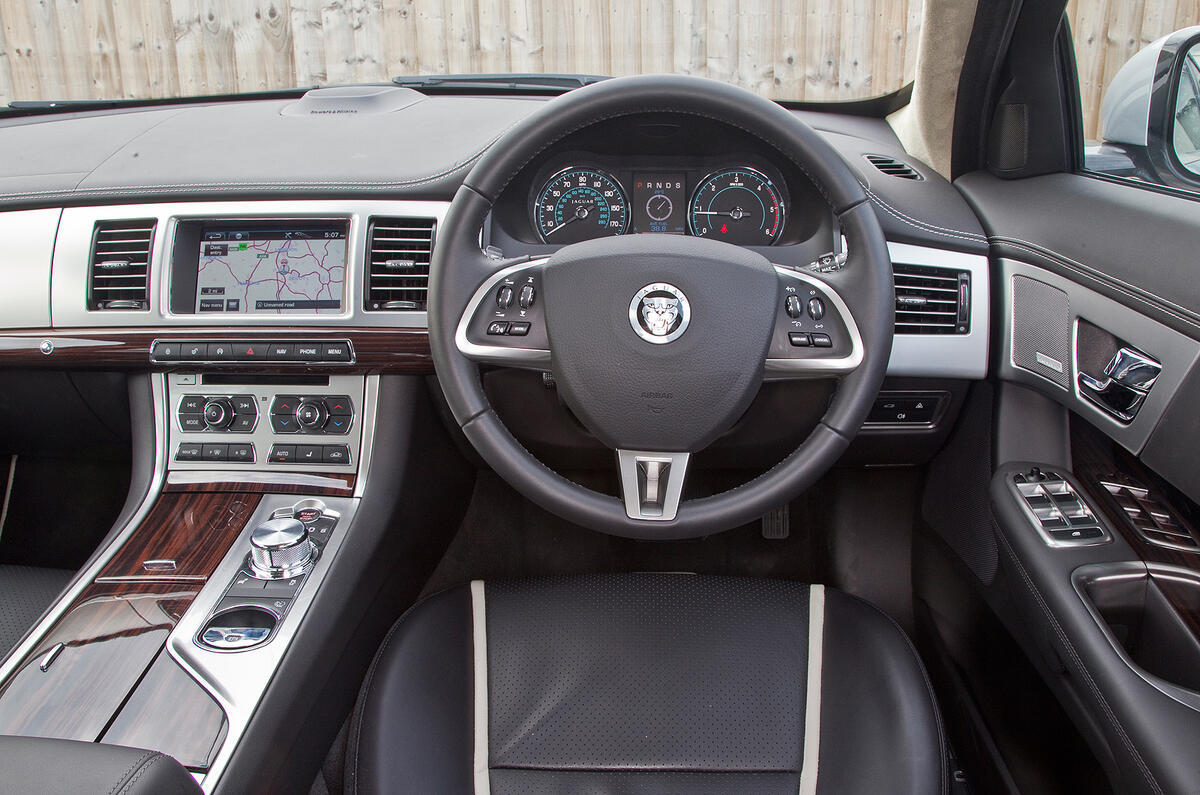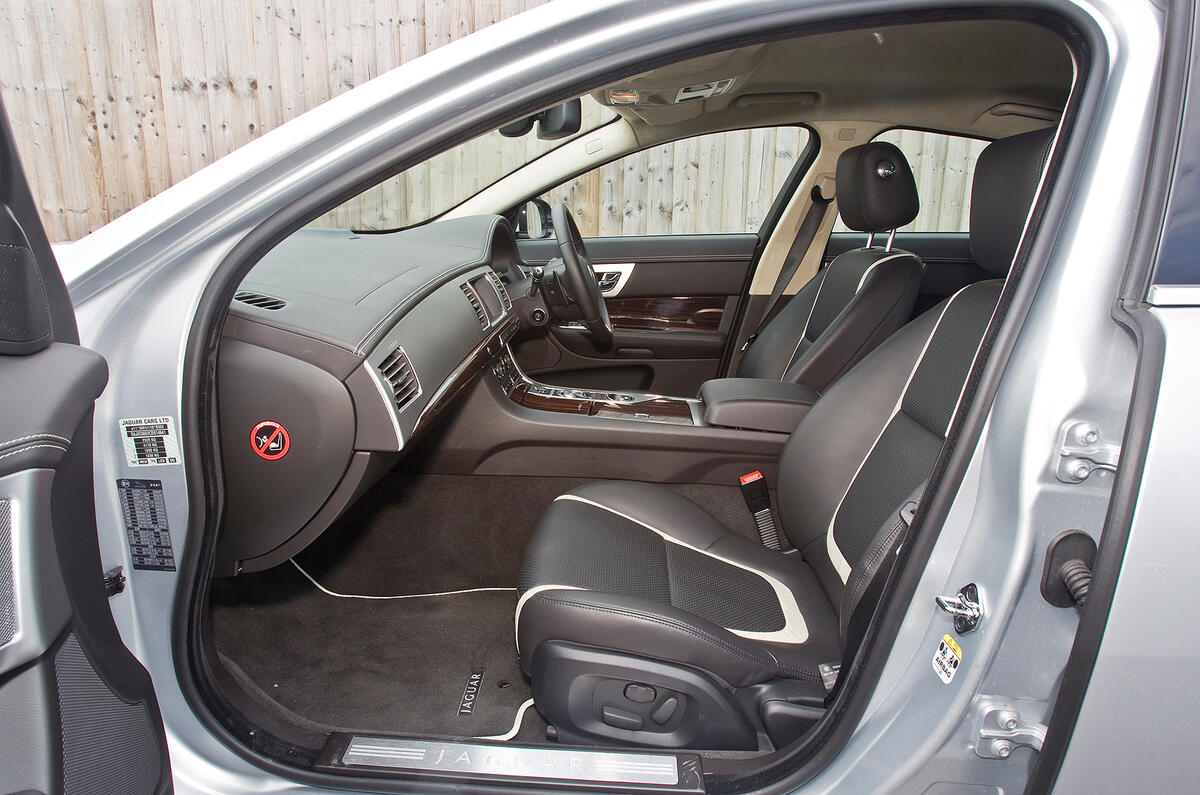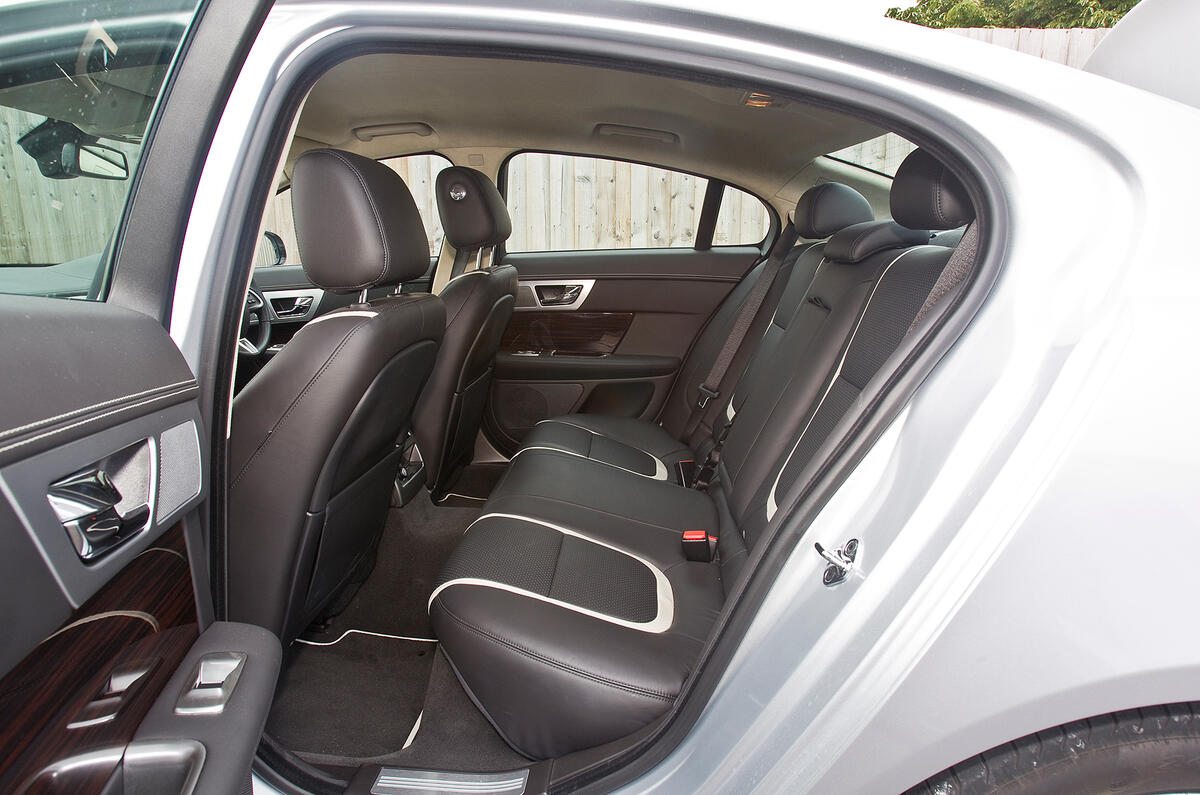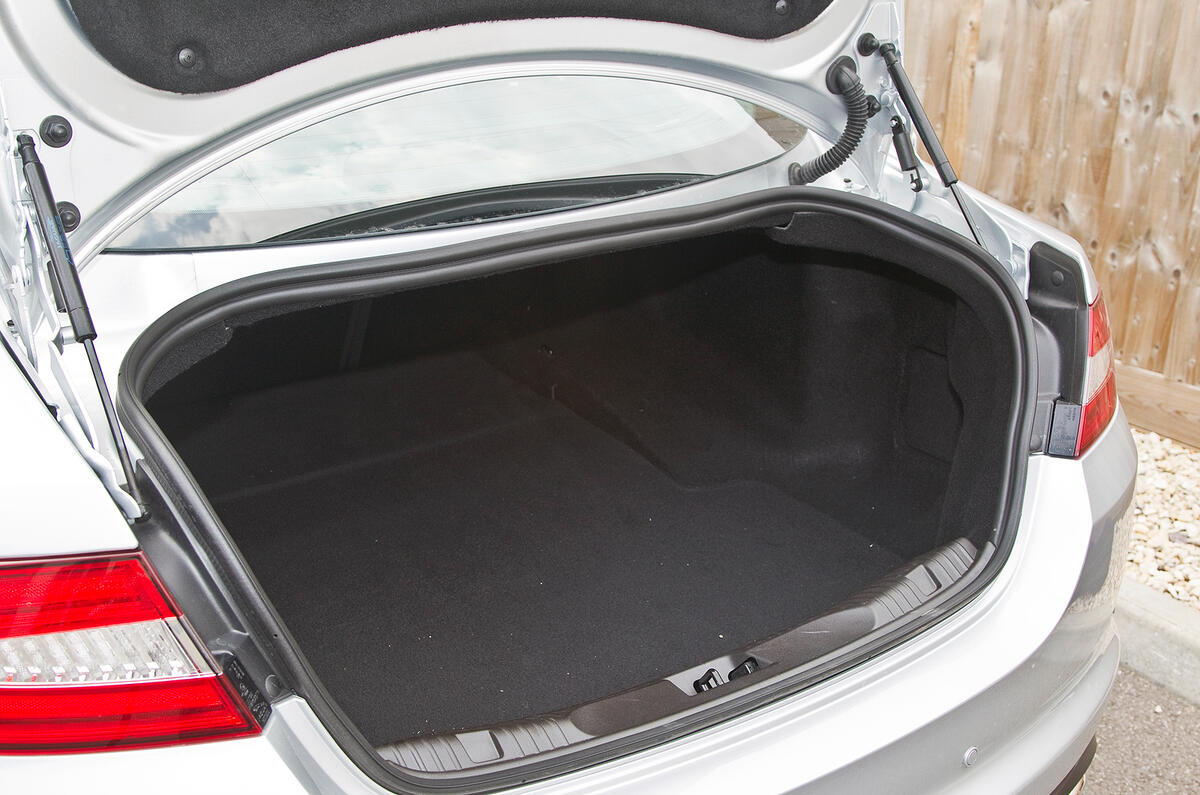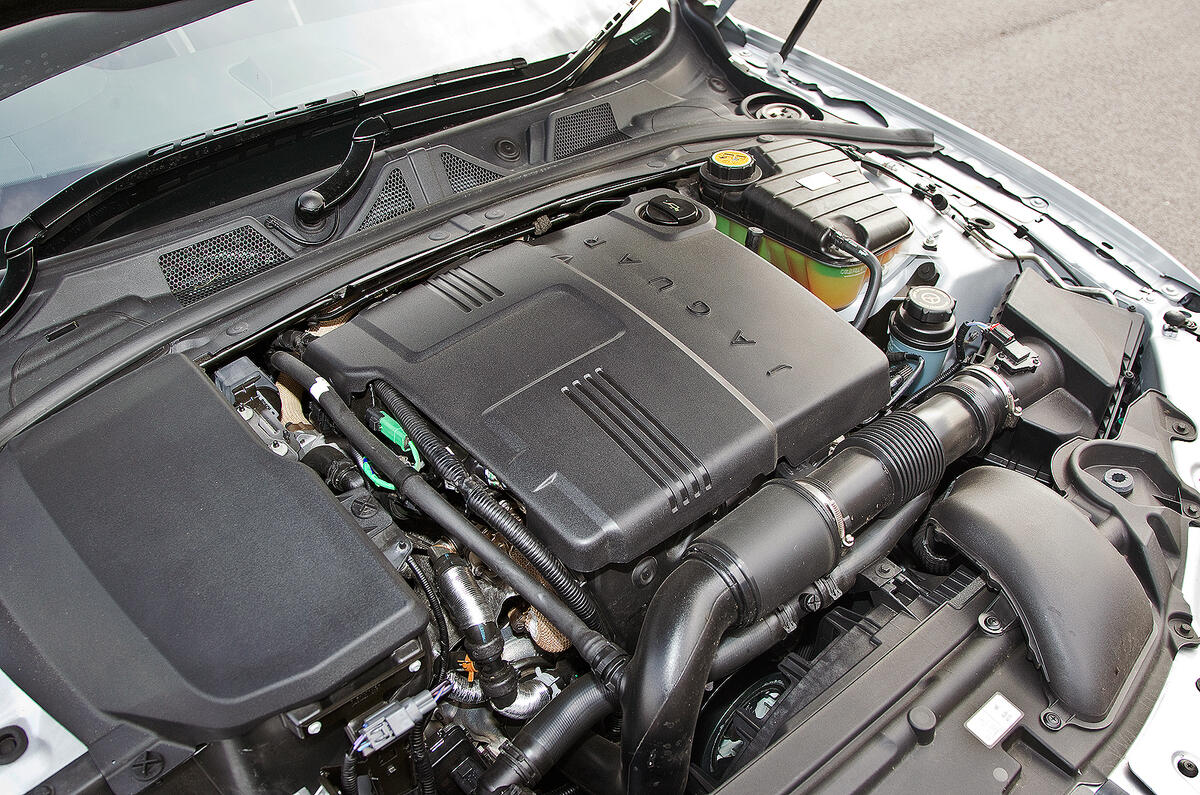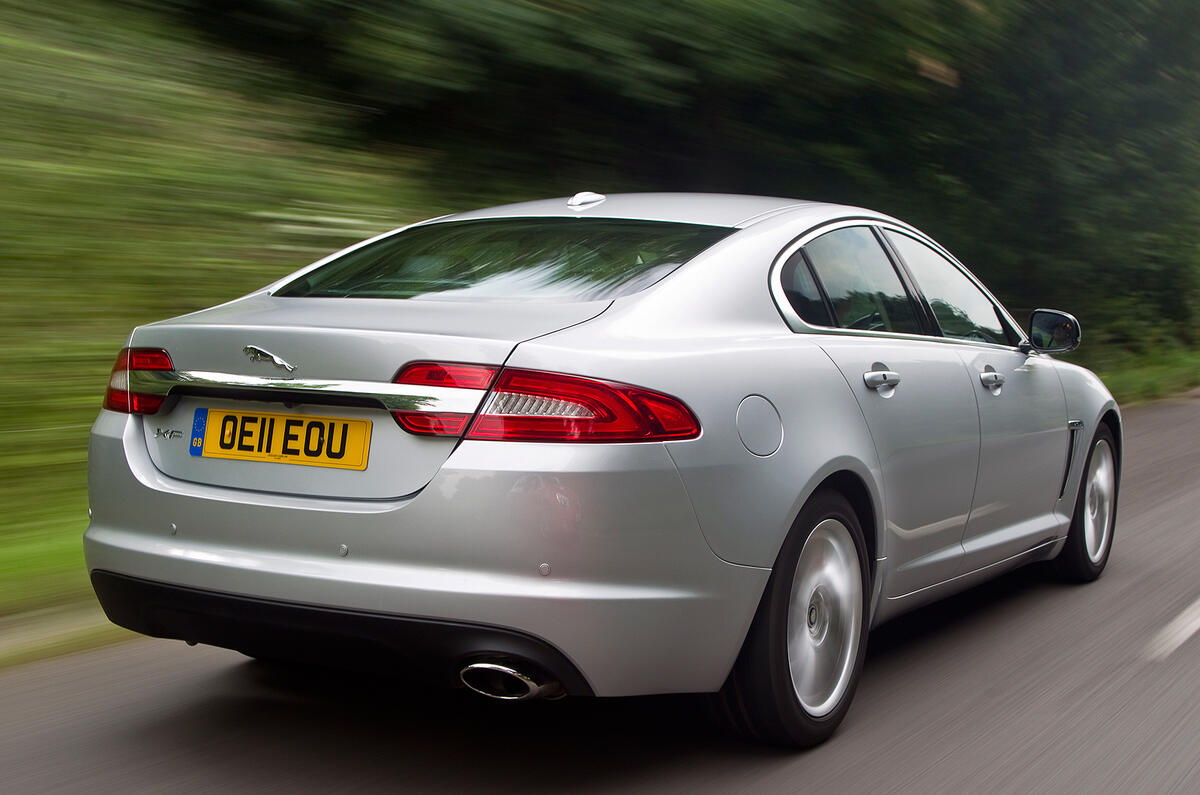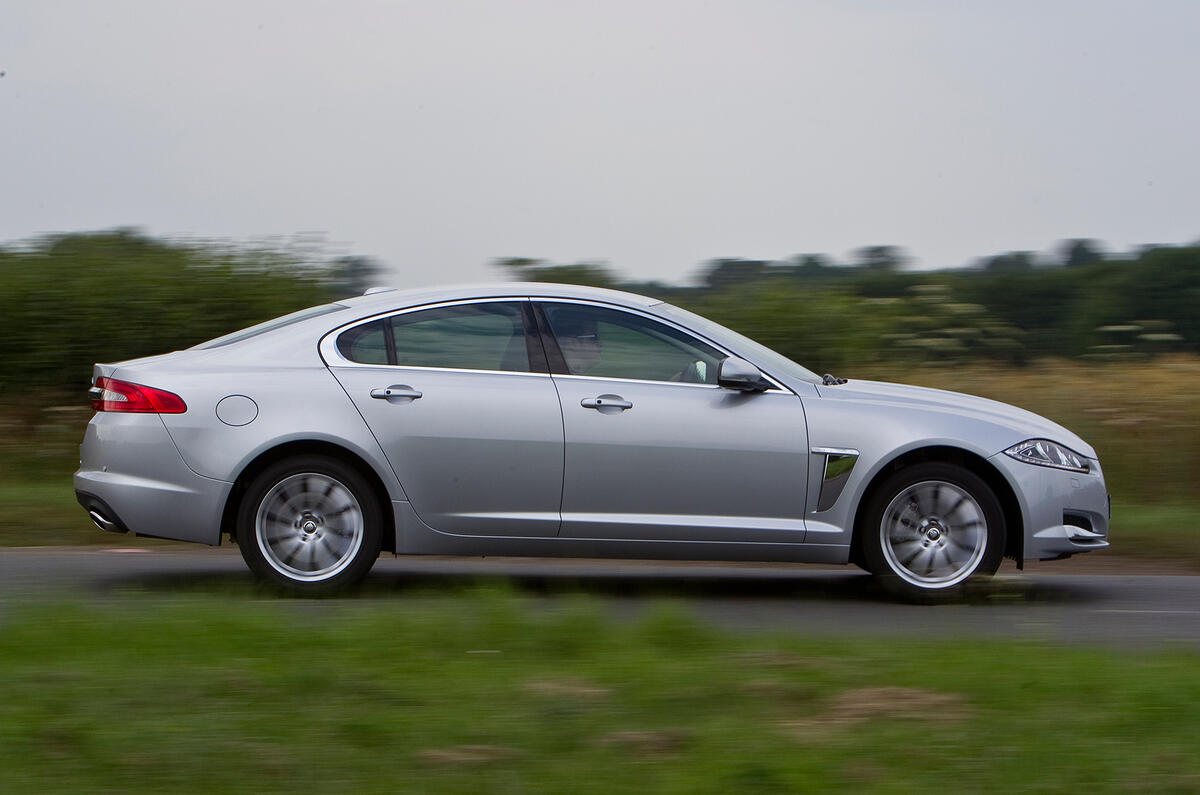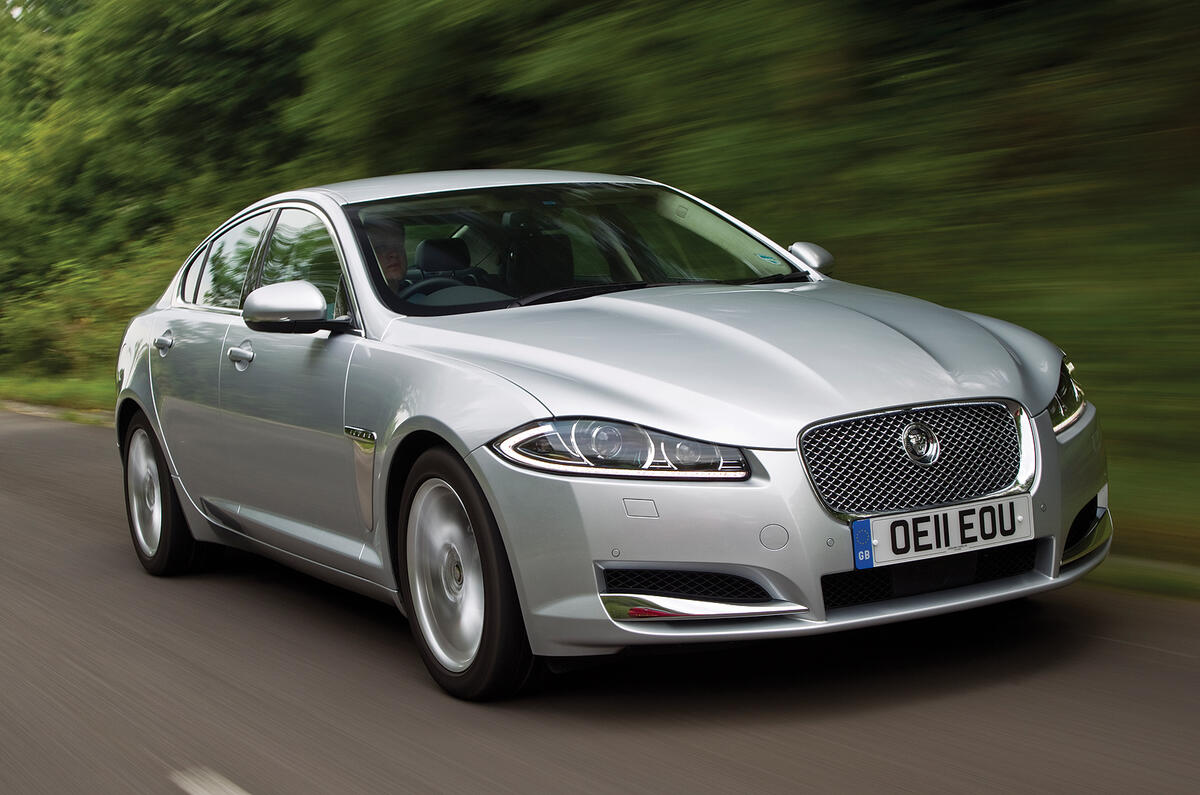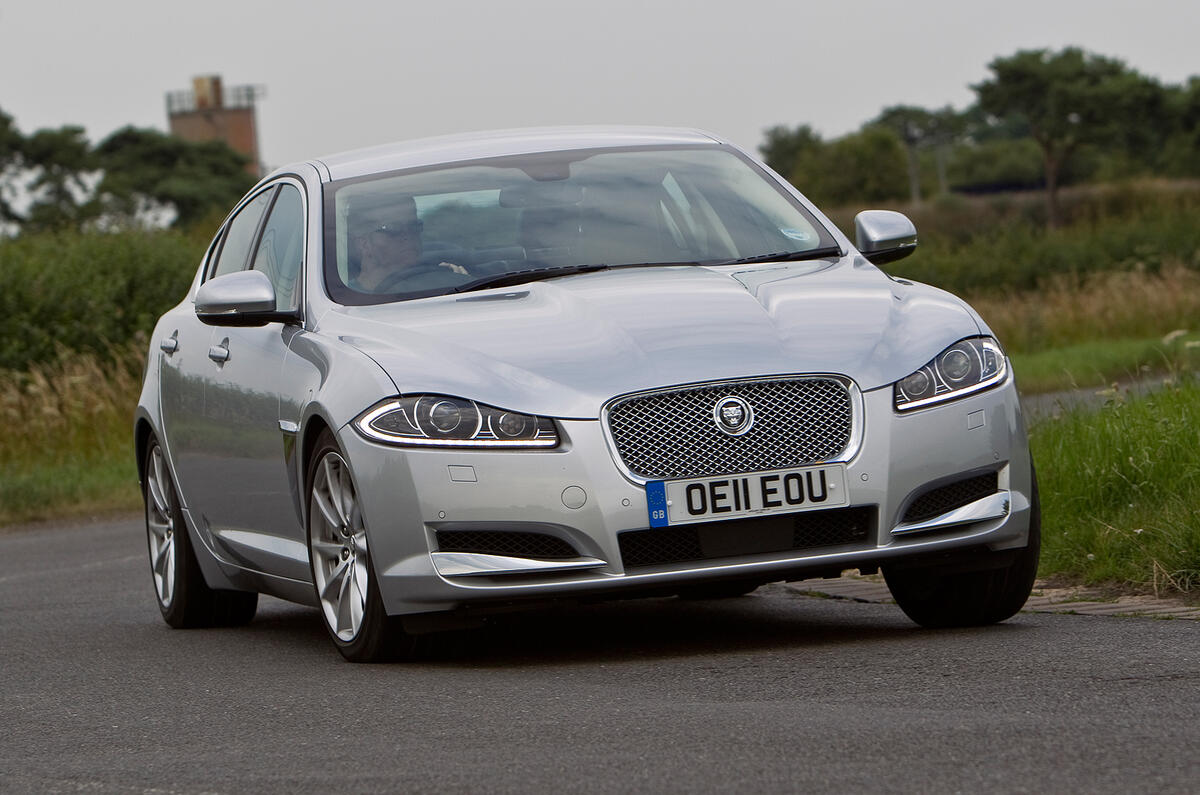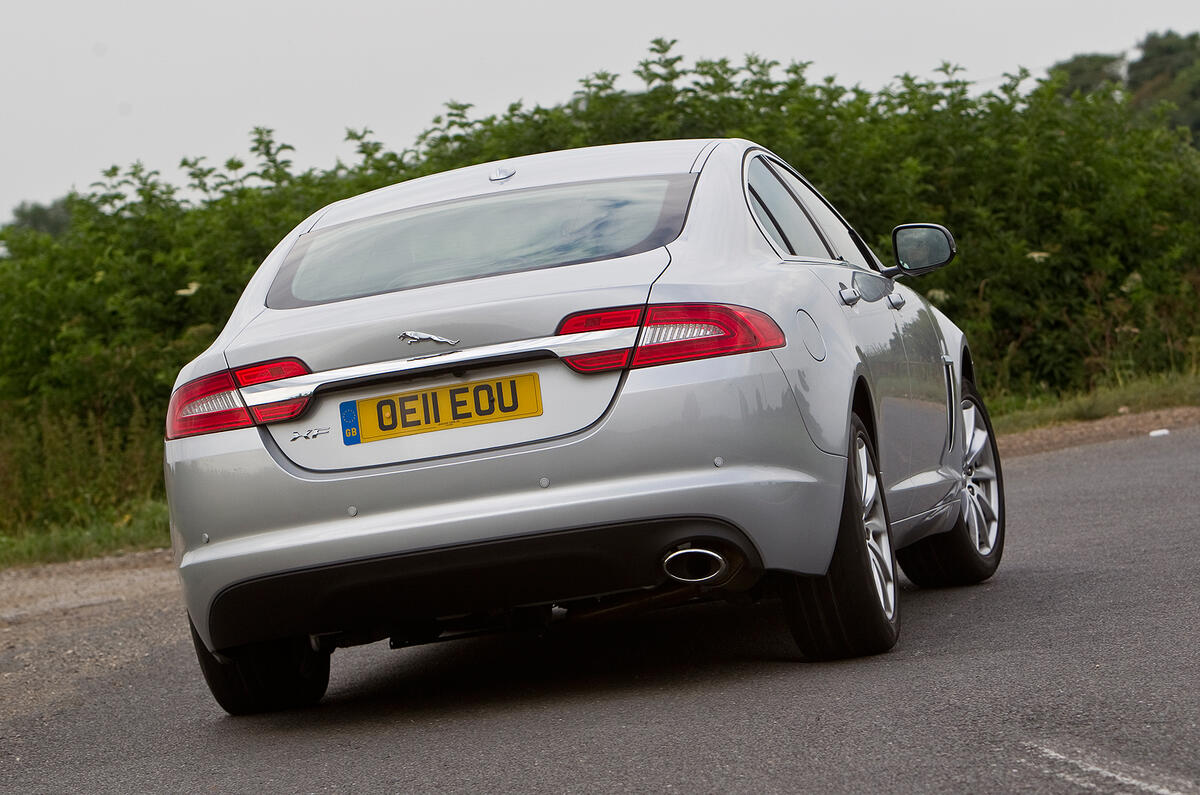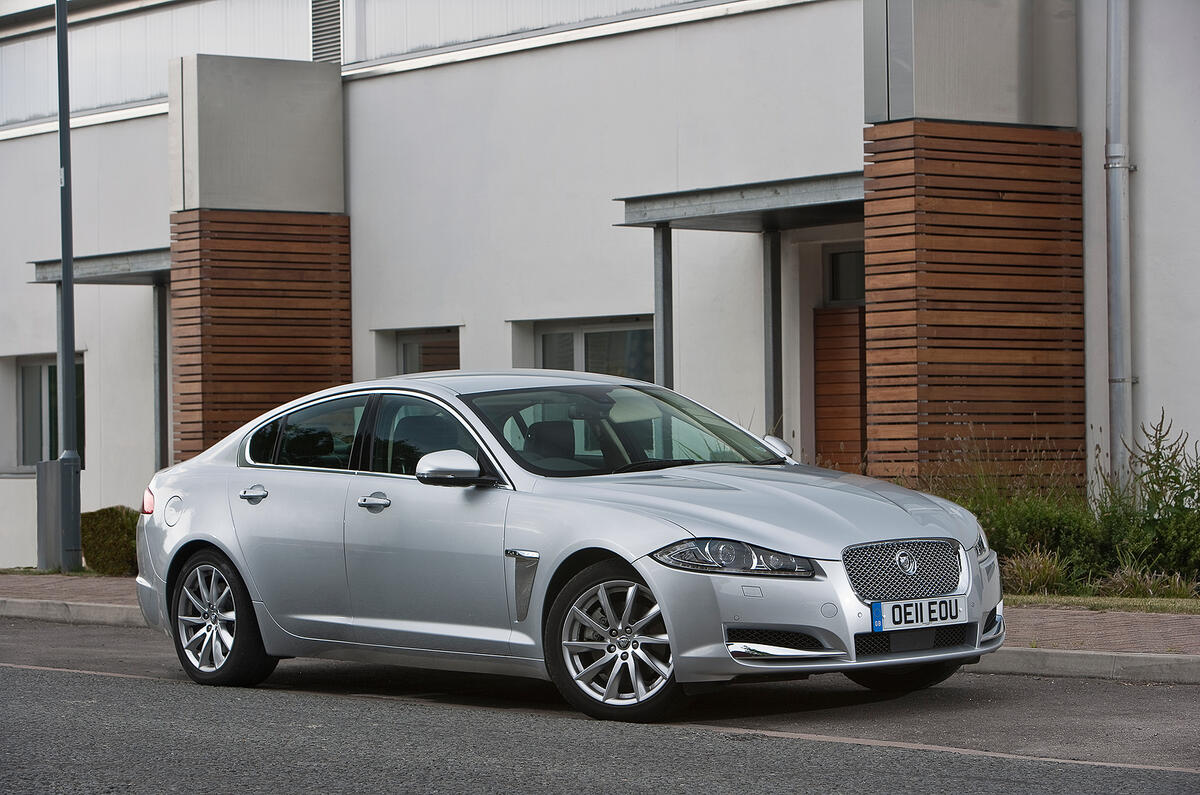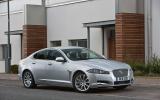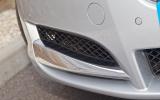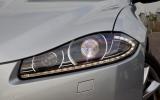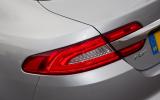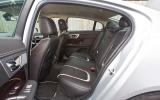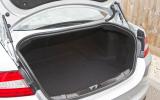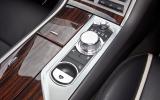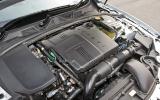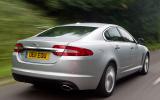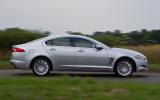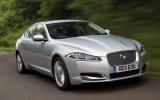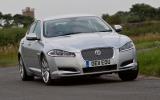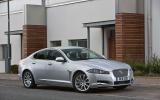The Jaguar XF has been at the heart of Jaguar's renaissance since it went on sale in March 2008, and continues to be its standard-bearer to this day.
But while the Jaguar XF gave its makers a car to be truly proud of, it has taken a long time for Jaguar to really exploit that advantage.
The bigger-engined XF range has proven adept at taking on all-comers at the upper levels of the class since its introduction, with the 3.0-litre diesel available in two states of tune and 3.0 petrol attracting many plaudits, and the 5.0 V8 underneath the bonnet of the mighty Jaguar XFR stealing many headlines.
However it took until cosmetic and detail technical tweaks for the 2012 model year before the XF became available with a 2.2-litre diesel, a type of engine whose sales dominate the sector. Now in 161 and 197bhp states of tune, it rivals the ubiquitous BMW 5 Series or equivalent Mercedes E-Class.
Meanwhile, deliveries of the Jaguar XF Sportbrake - a sports estate in modern parlance - began in 2012, finally giving the XF the extended line-up it has long deserved.
All-wheel drive Jaguar XFs are sold in markets outside the UK, while the Chinese market also gets the option of a smaller petrol engine.
used Jaguar XF 2008-2015 cars for sale



